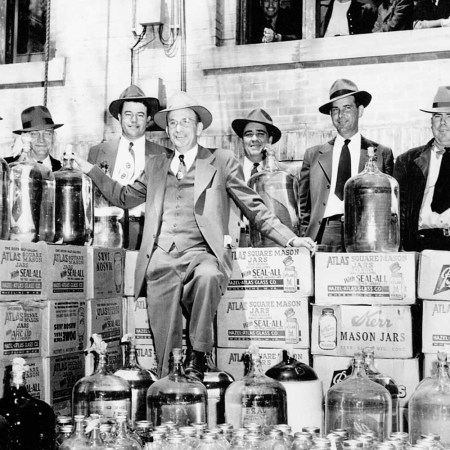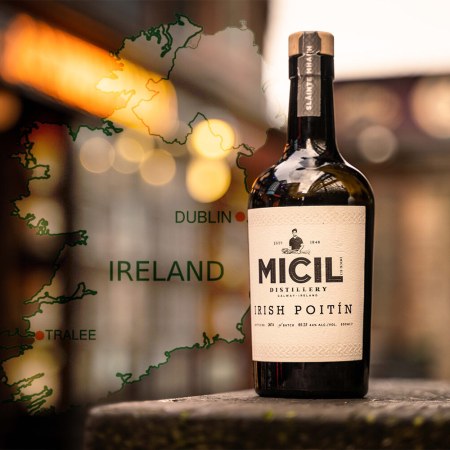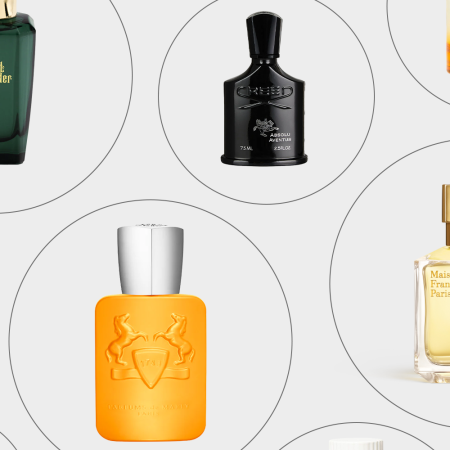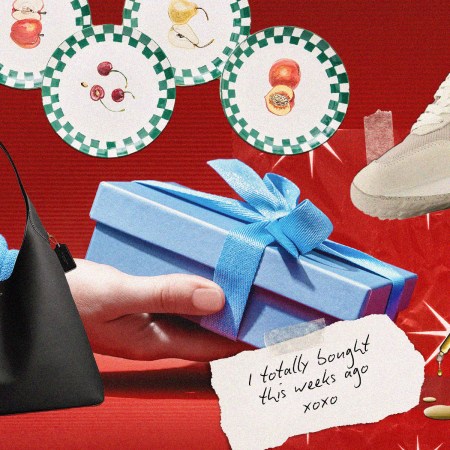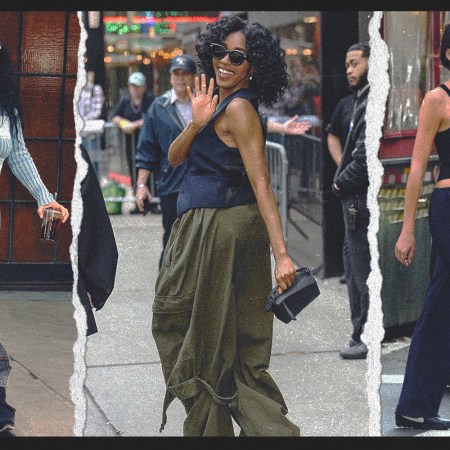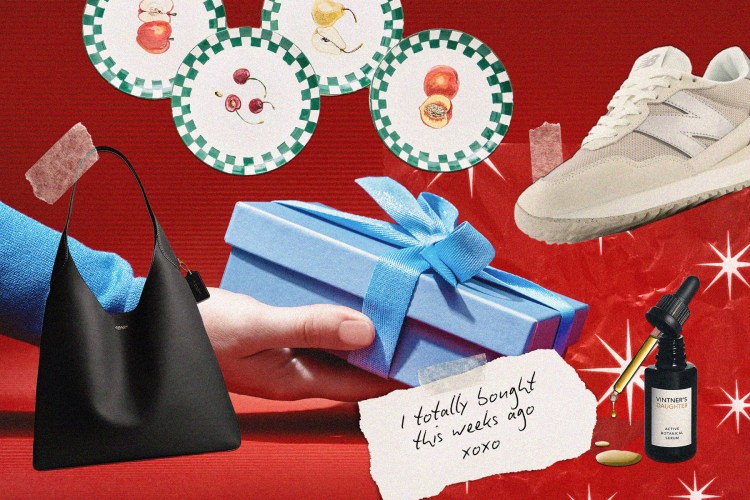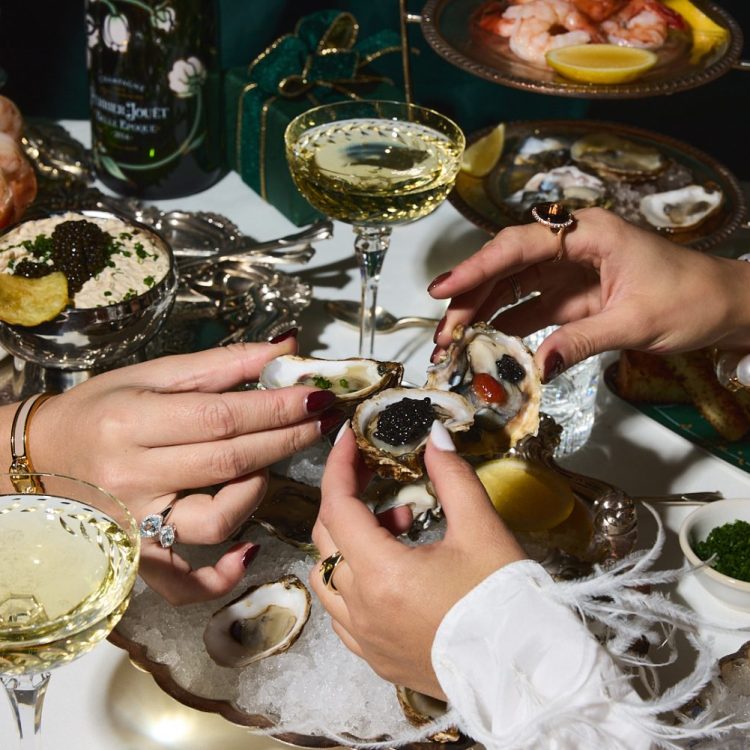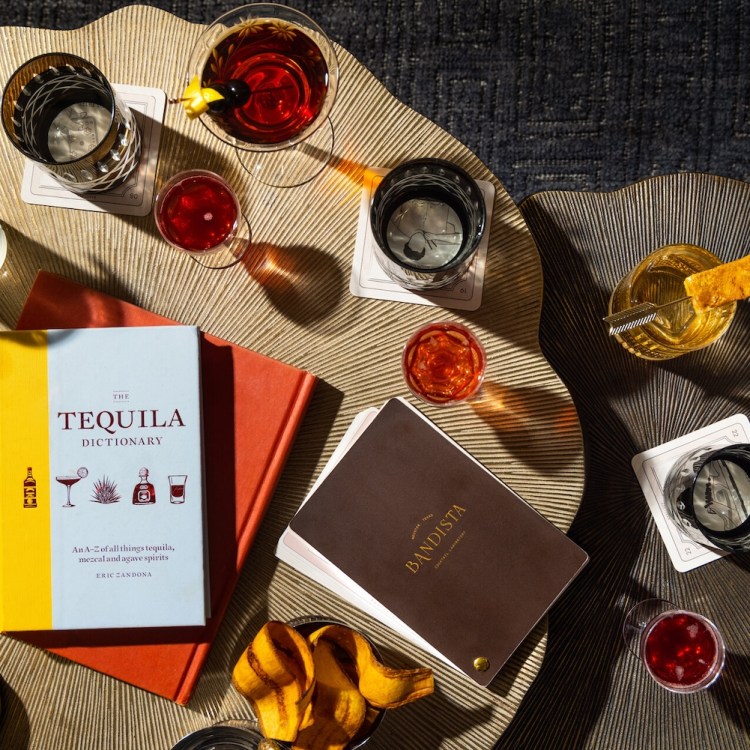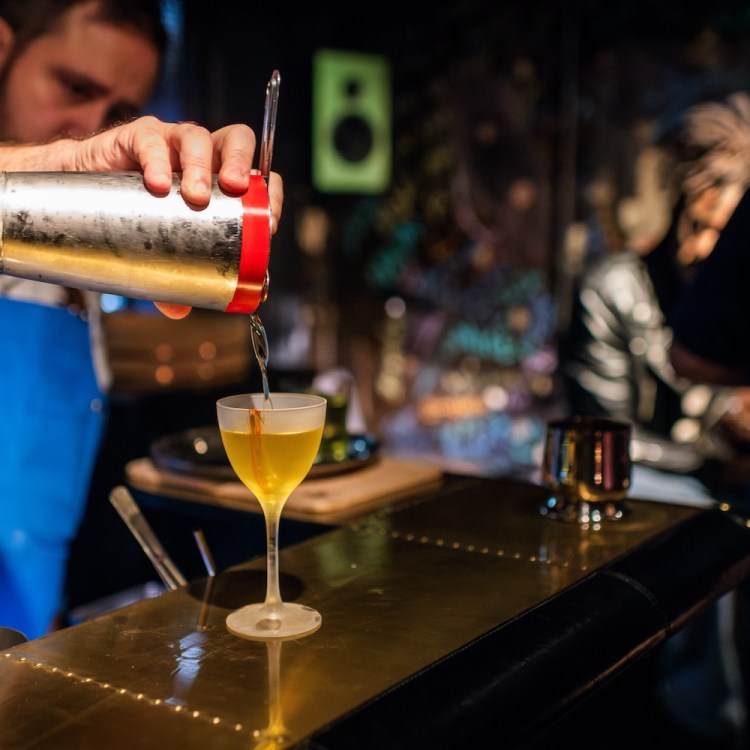For much of American history, the term “moonshine” has not only been misappropriated but viewed with disgust. Technically, moonshine is not just illegally distilled whiskey, but any spirit that is distilled without taxation from the government. But these days, we tend to use the word to describe unaged white whiskey.
The concept isn’t so different from other spirits, but for some reason, moonshine doesn’t have the same level of respect as some of its international counterparts. There’s some version of it in nearly every part of the world. In the Dominican Republic, it’s mamajuana, made with rum and herbs. In Haiti, it’s called clairin, distilled using sugarcane. In Ireland it’s poitín. But the same honor isn’t bestowed upon American moonshine.
Review: Saint Luna Aims to Elevate Moonshine
Can a heritage American spirit go legit and reestablish itself in cocktail culture?“People prize silver tequila, and you can buy a bottle of silver tequila that is $250 or more,” says Colin Spoelman, distiller at New York’s Kings County Distillery, which has its own moonshine. “The idea that an unaged agave distillate is somehow that valuable versus a distillate made from grains is completely preposterous.”
“You get a perceived value of aged products more than you do with unaged products,” agrees Scott Schumaker, distiller at Highlands Distilling in Virginia. American moonshine is associated with hillbillies and Appalachia, often negatively, with stereotypical imagery of men in overalls, of “pappies.” People think of moonshine as the “white dog,” the strong spirit straight off the still. There seems to be a disconnect between what’s considered moonshine and what it actually is.

“We just don’t have a better word, so moonshine has come to fill that void, and it’s problematic because moonshine can also mean an illegally-made spirit,” Spoelman says. “Then that suggests a dangerous or poorly made spirit, perhaps to some ears.”
The legacy of moonshine also counteracts many of the stereotypes. “A good moonshiner would try to give his customer a good value,” Schumaker says. “If you sell somebody 180-proof moonshine, it’s really not moonshine, it’s almost vodka at that point. There’s a misconception that that’s the only thing that a moonshiner would sell.” Unfortunately, the majority of the recognizable brands on the market don’t create anything that could truly be identified as moonshine, instead offering neon-hued flavored drinks made from neutral grain spirits in mason jars.
Moonshine is actually a uniquely American product with roots back to the earliest days of the nation. The Scots-Irish settling in the mountainous east coast are primarily responsible for bringing their centuries-old distilling traditions stateside, using corn and water straight from the source to carefully craft flavor. Kings County sources corn from upstate New York, and Highlands gets its materials locally in southwest Virginia and Pennsylvania, allowing for the spirit to pick up the terroir.

“It’s very challenging to make a white spirit palatable, and that’s the job of the moonshine maker, whereas the whisky maker can fudge that piece of the process and sort of age out the imperfections over time,” Spoelman says.
So why doesn’t the industry appropriately recognize it? Moonshine typically falls under the category of “other American whiskies” in the awards, and very few have broken through to claim the medals like Troy and Sons in Asheville, North Carolina, which has twice been honored for its platinum whiskey.
Moonshines of this variety also rarely appear on cocktail menus outside of the territory where the spirit is traditionally distilled in Appalachia. But it has as much versatility as anything else you might have behind the bar.
“The cocktail opportunity of an unaged whiskey remains pretty unexplored, especially when you have tequila, silver tequila, white rum and various kinds of apple spirit ending up in cocktails,” Spoelman says. “I still think moonshine is maybe at the trough of its backlash, and it’s poised for a re-emergence as a more cultural mainstay once it’s better understood.”
Join America's Fastest Growing Spirits Newsletter THE SPILL. Unlock all the reviews, recipes and revelry — and get 15% off award-winning La Tierra de Acre Mezcal.




